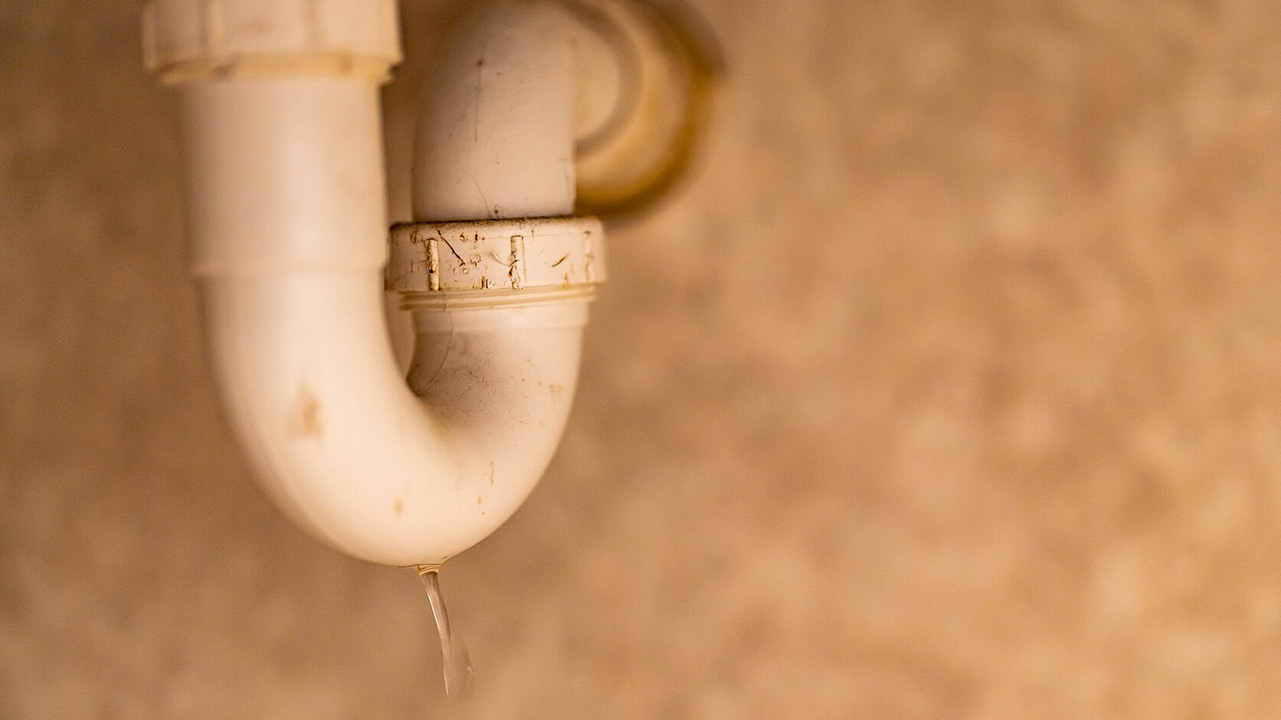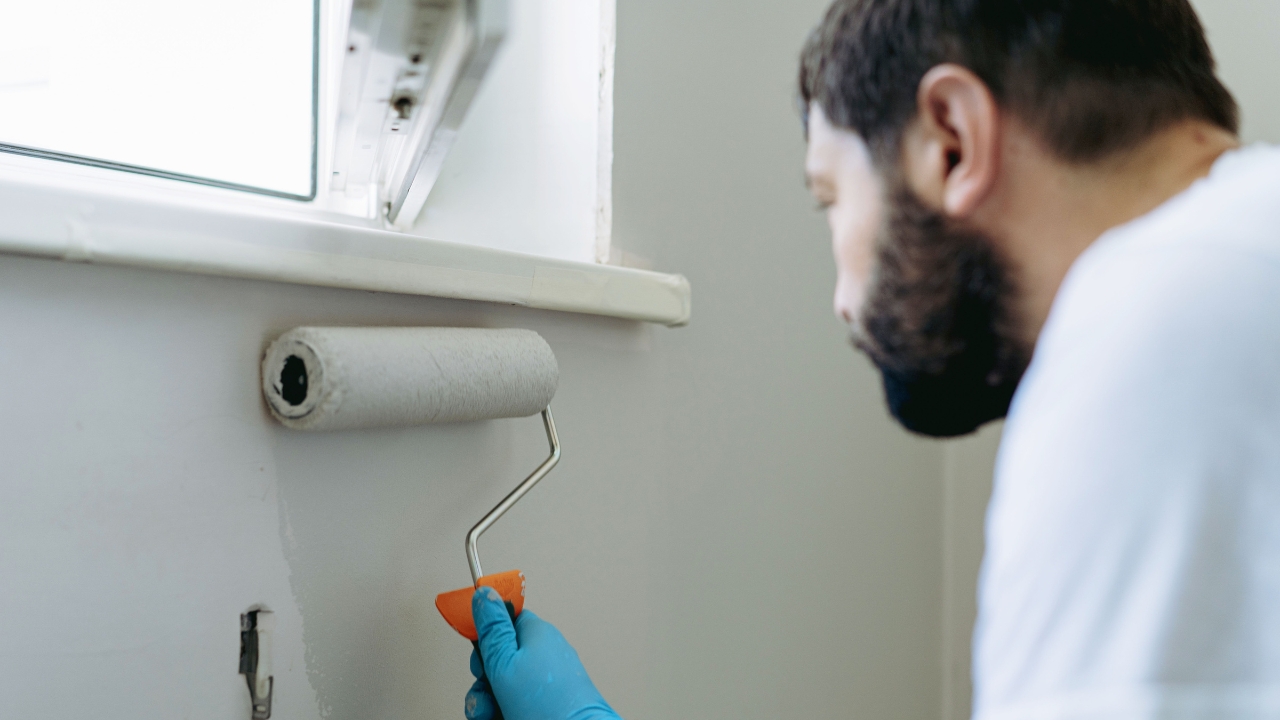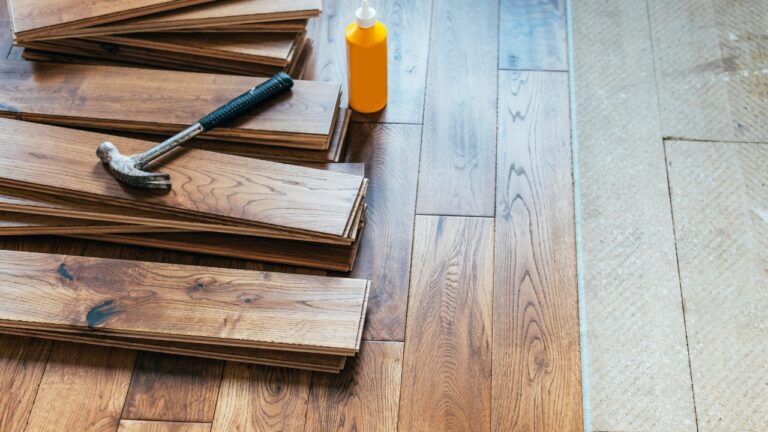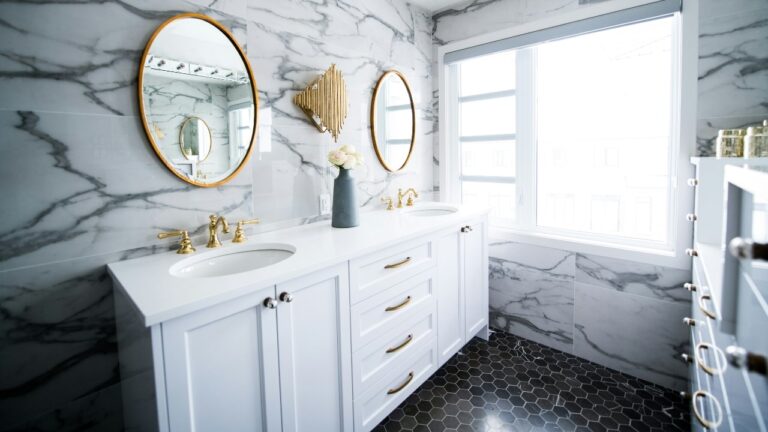10 Home Repairs That Won’t Last Through the Year
Not all repairs are built to last. Some fixes seem like they’ll hold, but end up giving out way sooner than you’d expect. Whether it’s poor materials, skipped prep, or slapping a bandage on a bigger issue, there are plenty of “repairs” that wear out before the year’s even up.
If you want to avoid redoing work or dealing with bigger damage down the road, here are the types of repairs that usually don’t go the distance.
Caulking Over Old Caulk

It might look fine in the moment, but layering fresh caulk over cracked or moldy caulk rarely lasts. The old stuff keeps shifting underneath, and the new layer can’t grab the surface the way it needs to.
To do it right, scrape off the old caulk first. Clean the surface, let it dry completely, then apply the new bead. It takes a little more effort, but it’ll stay sealed way longer and look cleaner too.
Patching a Roof With Tape or Tar

If you’re using roof tape or tar as your go-to patch for a leak, it might buy you some time—but only a little. Heat, rain, and UV rays break those materials down fast.
A proper fix usually means replacing the damaged shingles or flashing. Anything less is a temporary band-aid. Don’t wait until the next storm to figure out your patch didn’t hold.
Painting Over Water Damage

Slapping a coat of paint over stained drywall might hide the problem for a month or two, but the real issue is still there—and likely growing. Water-damaged materials keep breaking down, and the paint peels or bubbles right off.
You’ve got to find the leak first. Fix it, let everything dry completely, and then replace any drywall that’s too far gone. Only then is it worth painting again.
Using Expanding Foam for Big Structural Gaps

Spray foam is handy, but it’s not a catch-all solution for every gap or crack around your house. In places where you need actual support—like under doors, windows, or flooring—it won’t hold up long-term.
Expanding foam can shift, shrink, and break down over time, especially with heavy movement or weather exposure. Use it for insulation or small gaps, not where real structure or stability is needed.
Fixing a Leaky Pipe With Tape

Plumber’s tape or flex tape might seem like a quick save when water’s involved, but it’s not meant for permanent pipe repair. Most of the time, the leak works its way through again.
If you’ve got a cracked or corroded pipe, replace that section entirely or call in a pro. Otherwise, you’ll end up with water damage that costs way more than the original fix would’ve.
Relying on Temporary Deck Repairs

If you’ve braced a wobbly deck post or nailed down a warped board, that might hold for a few months—but not through all four seasons. Outdoor structures shift with heat, moisture, and use.
Loose rails, weak fasteners, and cracked boards only get worse over time. A real repair should reinforce the structure, not patch it. And if your deck’s old, it might be time to consider a full rebuild.
Reattaching Trim With Glue

When trim starts to pull away from the wall, some folks reach for glue instead of a nail gun. The problem is, glue doesn’t flex with your home’s natural movement.
Eventually, that trim pops right back off. For anything that’s going to shift with temperature or humidity, mechanical fasteners (like finish nails) are your best bet. A little caulk can seal the seam after.
Using Peel-and-Stick Tiles in Wet Areas

Peel-and-stick tiles are popular for quick makeovers, but they rarely hold up in bathrooms or kitchens where there’s constant moisture. The adhesive weakens, and the edges start peeling up or warping.
If you’re going to use them, keep them to dry, low-traffic areas. For anything around water—like a backsplash or shower—you’ll need proper tile, grout, and waterproof backing for a result that lasts.
Skipping Primer Before Painting

Painting over raw wood, stained surfaces, or patched drywall without priming first leads to chipping, streaks, and paint that wears out way too soon. It might look fine at first, but it won’t last.
Primer gives your paint something to stick to. It helps with coverage, prevents bleed-through, and keeps everything looking smooth. It’s an extra step, but it saves you from repainting six months later.
Using Duct Tape as a Long-Term Fix

Duct tape can work in a pinch, but it’s not a real repair material. Heat, cold, and moisture all wear it down fast, and the adhesive eventually gives out or leaves a sticky mess behind.
If you’re using duct tape to hold something together, it’s time to find a more permanent solution. Screws, brackets, or even epoxy will give you way more life than a strip of tape ever could.
*This article was developed with AI-powered tools and has been carefully reviewed by our editors.







